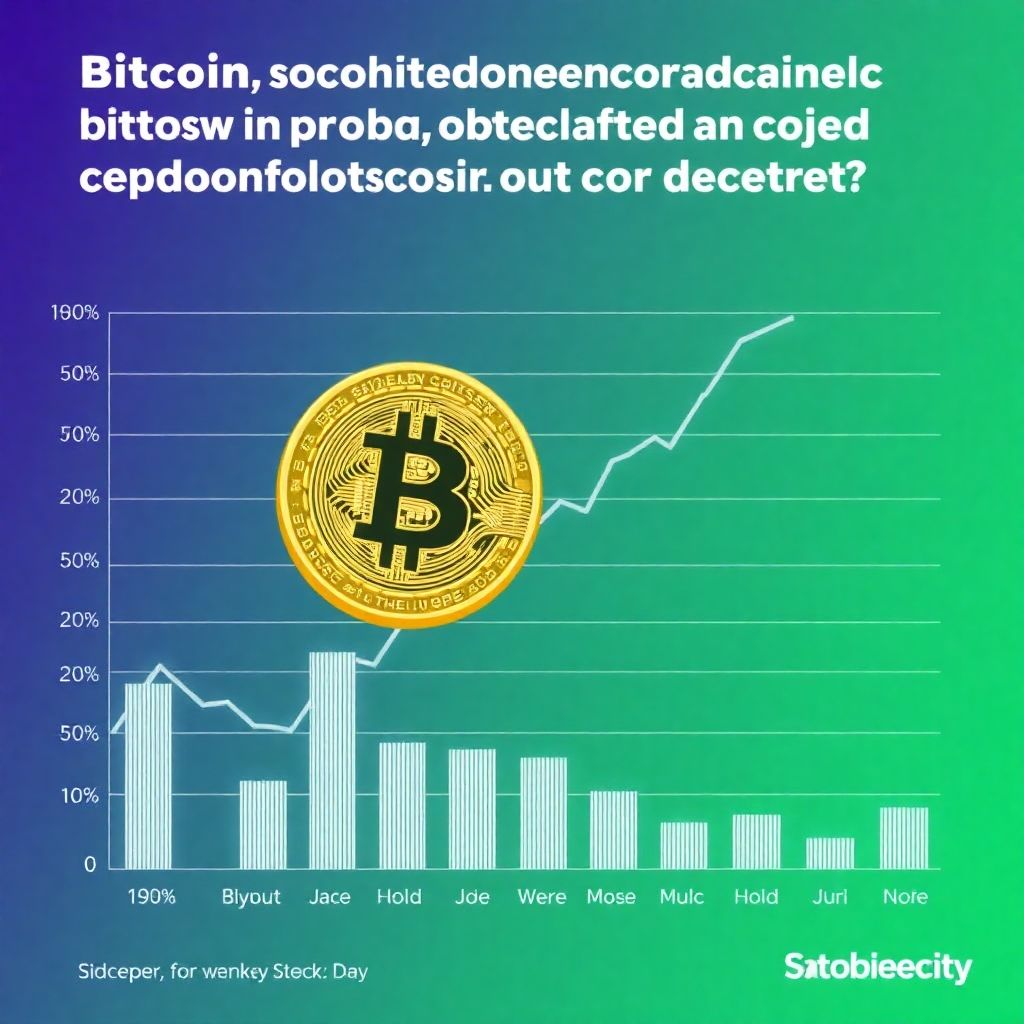Despite Bitcoin’s recent pullback from its historic peak of $126,000, long-term holders remain largely unfazed, continuing to enjoy substantial returns on their investments. On-chain analytics show that these seasoned investors are still sitting on handsome profits, underscoring a common trend in crypto market cycles—those who hold through volatility often come out ahead.
Currently, Bitcoin is trading near the $102,000 level, reflecting a modest 2% drop over the past 24 hours. Even so, trading volume has seen a notable rebound, with a 15% increase pointing to renewed market activity. This suggests that while short-term sentiment may be shaky, there is still significant interest in the asset.
According to market analyst and CryptoQuant contributor Darkfost, long-term BTC holders are, on average, realizing profits of approximately 188%. This figure, though down from previous cycle highs of 296% and 346%, still represents a robust return and signals that the current bull phase may have further to go. Historically, long-term holders tend to accumulate during downturns and exhibit resilience during corrections—behavior that often precedes the next major upward move.
However, Darkfost also warned that the decline in average realized profit could motivate long-term investors to hold off on selling, anticipating stronger returns later. The data indicates that the realized price for these holders is hovering just above $35,000. This level serves as a psychological and technical support zone, reinforcing the belief that these investors are still in a strong position.
In contrast, short-term holders are exhibiting signs of strain. The Spent Output Profit Ratio (SOPR) for this group has dropped below 0.995, a clear indication that many are selling at a loss. This behavior often reflects panic or capitulation, particularly among newer market participants who bought in at higher levels.
Yet, capitulation from short-term holders isn’t entirely negative. Historically, such moves have signaled potential market bottoms and presented prime buying opportunities. Darkfost highlighted that this phase often aligns well with dollar-cost averaging (DCA) strategies and can even support short-term trading, although it doesn’t provide clear exit signals.
The disparity between long-term and short-term holder behavior also speaks volumes about market psychology. Long-term holders, bolstered by years of experience and deeper conviction, often act as stabilizing forces during periods of turbulence. Conversely, short-term participants, driven more by emotion and recent price action, are more likely to make reactive decisions.
As the broader cryptocurrency market continues to experience heightened volatility, the distinction between these two investor classes becomes even more critical. Understanding these dynamics can offer valuable insights into market timing, entry points, and overall sentiment.
Another factor to consider is the macroeconomic environment. Rising interest rates, regulatory discussions, and global economic uncertainties all play a role in shaping investor confidence. Despite these headwinds, Bitcoin’s long-term fundamentals—limited supply, decentralized nature, and increasing institutional interest—remain compelling.
Additionally, the increasing inflow of “young” Bitcoin, or recently moved coins, to major exchanges like Binance hints at a speculative surge. Analysts interpret this as a sign that more traders are positioning themselves ahead of anticipated volatility, possibly in preparation for the next leg upward.
Long-term profitability also ties back to the concept of Bitcoin’s realized price versus its market price. The realized price represents the average price at which all coins were last moved. When the market price stays above this level, it signals that, on average, most investors are in profit. For long-term holders, the gap between these two prices remains wide, reinforcing their strong financial footing.
Looking ahead, the path for Bitcoin remains uncertain in the short term, but longer-term indicators remain optimistic. If historical patterns repeat themselves, current consolidation and minor corrections could precede a more substantial rally. The resilience of long-term holders supports this thesis and serves as a cornerstone for bullish sentiment.
In conclusion, while Bitcoin’s price may be experiencing a temporary downturn, long-term holders continue to demonstrate strength and profitability. Their behavior not only reflects confidence but also signals that the current market cycle may still have room to mature. For savvy investors, this environment—marked by capitulation among short-term holders and consistent gains for long-term ones—could offer strategic opportunities to accumulate before the next potential surge.

